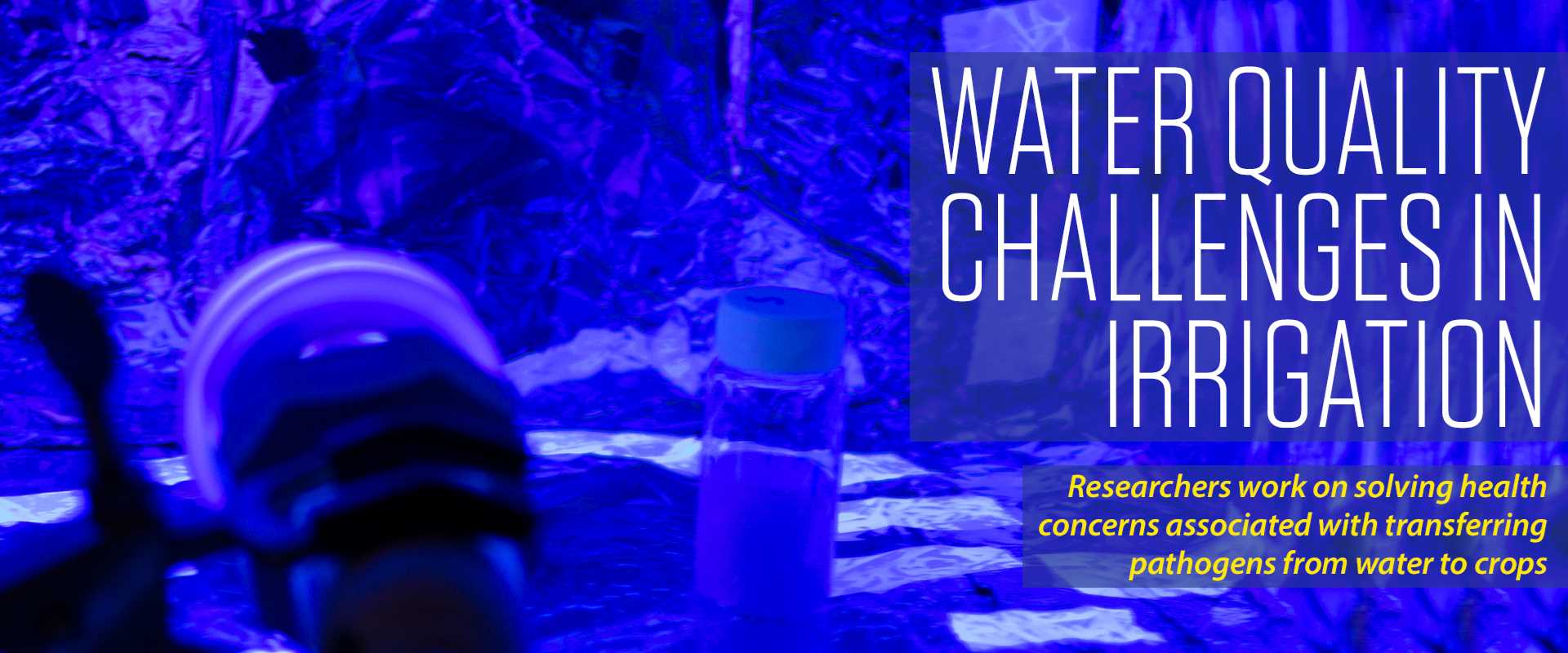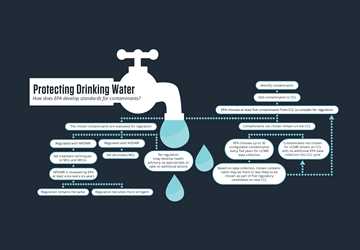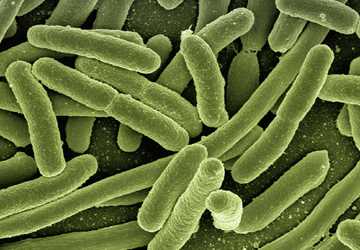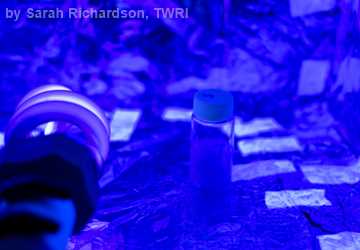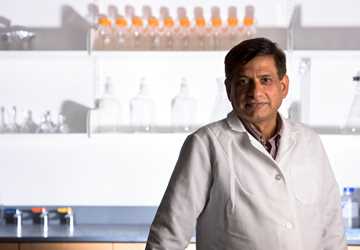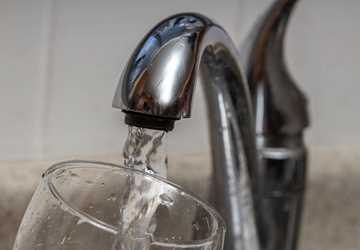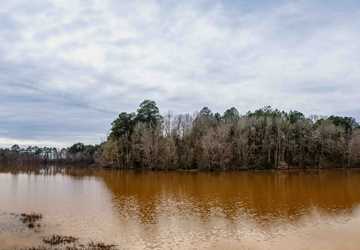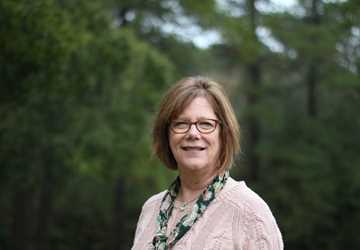A group of researchers working with the University of Florida’s SmartPath Center of Excellence is developing a suite of mobile applications that will help farmers monitor the quality of irrigation water on their farms in near-real time to make smart irrigation decisions.
With these apps and the associated hardware, researchers will be helping solve human health concerns associated with transferring pathogens from water to crops.
Once developed, this smart irrigation technology system will include an open-source library with options for various irrigation scenarios as well as information about using alternative water sources for irrigation, such as brackish groundwater or treated wastewater; sensor technology to monitor irrigation water quality; and treatment options for contaminated water.
Adapting to multiple environments
The University of Florida Institute of Food and Agricultural Sciences (UF/IFAS) is the SmartPath project lead working with partners from Texas A&M University, Iowa State University, the University of Maryland Eastern Shore and the University of Wisconsin. The five-year, $5 million project is supported by an Agriculture and Food Research Initiative competitive grant awarded as a Center of Excellence from the U.S. Department of Agriculture’s National Institute of Food and Agriculture.
The SmartPath team is focusing its research in states with varying growing conditions to ensure SmartPath will be adaptable to multiple environments.
The lead for the project, Dr. Eric McLamore, an associate professor in the Department of Agricultural and Biological Engineering at UF/IFAS, said the plan is to develop, test and implement software that will provide decision-making support to help producers pick the appropriate sensor or treatment technologies to meet their irrigation needs.
Researchers are creating a suite of mobile apps to allow farmers to monitor the quality of irrigation water on their farms. Once developed, this smart irrigation technology system will help solve human health concerns associated with transferring pathogens from water to crops.
More Information
- FDA's Final Rule on Produce Safety
- USDA's Agriculture and Food Research Initiative grants
- SmartPath technology, University of Florida's 2018 blog post
Want to get txH20 delivered right to your inbox? Click to subscribe.
Cabbage crop in the Lower Rio Grande Valley in Weslaco,Texas. Photo by Danielle Kalisek, TWRI.
“The SmartPath software package will have an innovative, user-friendly drag and drop interface that allows growers to explore a variety of relevant technology options relating to increased use of alternative water sources for irrigation,” McLamore said.
Because each grower has a different set of circumstances, SmartPath will be adaptable for different sources of water, irrigation methods and environments.
“Nanotechnology will be used to develop sensors that measure physical, chemical and biological criteria including temperature, pH, salinity, dissolved oxygen, nitrate and phosphate as well as bacteria such as E. coli and other pathogens,” McLamore said.
The major technological activities in the first years of the project will be developing and testing the software tools. Later years will focus on field trials and validation at research sites associated with each university.
SmartPath: Sensor and treatment technology
The principal lead of the Texas A&M team is Dr. Sreeram Vaddiraju, associate professor in the Artie McFerrin Department of Chemical Engineering.
Dr. Lucas Gregory, Texas Water Resources Institute senior research scientist and Texas A&M project member, said the SmartPath apps will take growers’ irrigation information and give them a list of options for addressing E. coli issues on a routine basis.
“Growers will be able to compare sensor and treatment technology from the Cadillac version all the way to the economy car version, depending on their budget,” he said.
Gregory said this project hopes to address the regulations stemming from the Food Safety Modernization Act (FSMA), passed in 2011 and implemented by the U.S. Food and Drug Administration. According to the FSMA’s Produce Safety Rule, there are science-based standards for the safe growing, harvesting, packing and holding of fruits and vegetables grown for human consumption, and criteria for microbial water quality used for agricultural purposes.
“Growers who are producing crops that are commonly consumed raw have to meet certain water quality standards,” Gregory said.
These standards mean that there are maximum thresholds set for E. coli in irrigation and other agricultural use water. Gregory said if these thresholds are surpassed, water use must stop, or treatment and management activities are required.
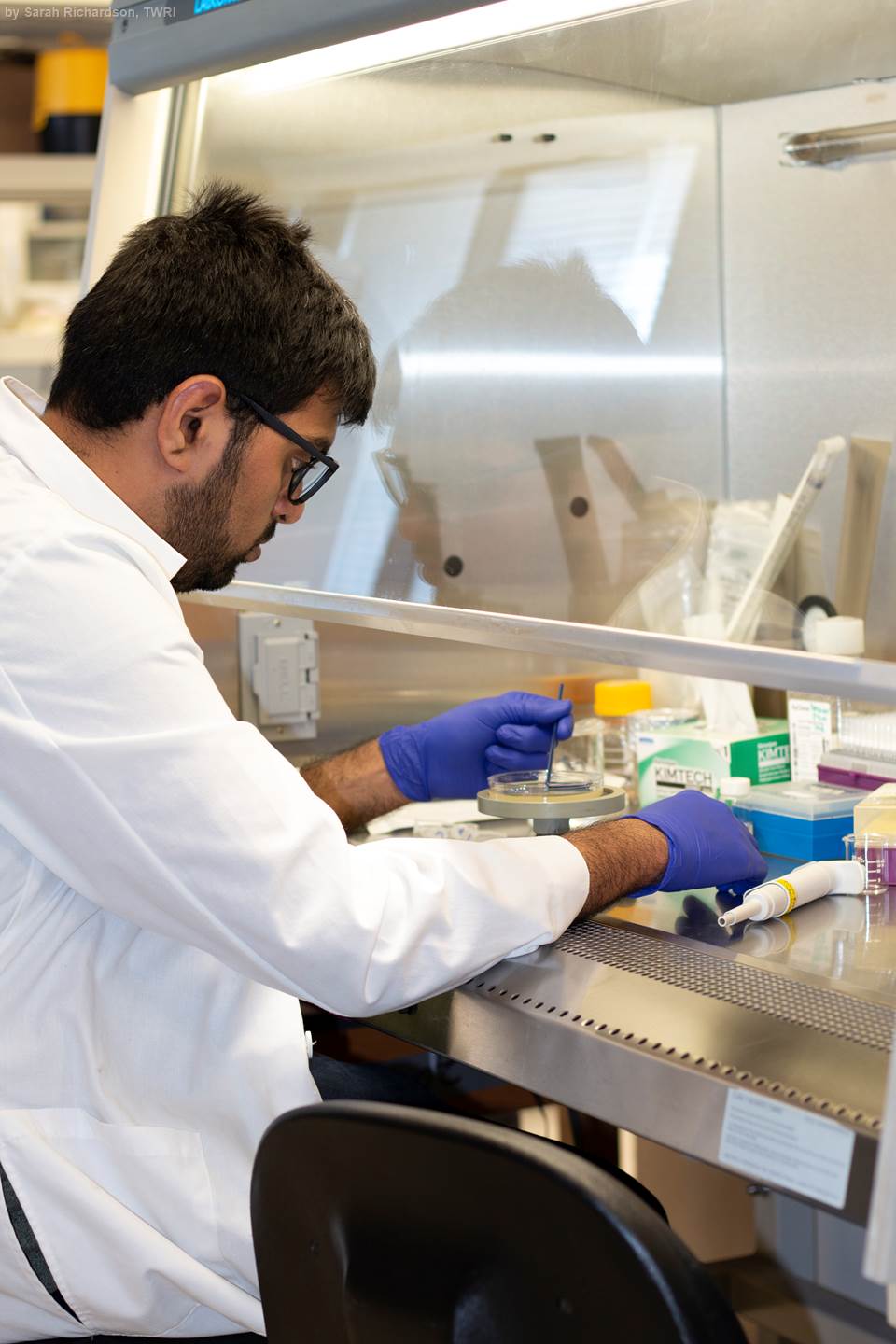
Meeting irrigation water quality standards
Although using alternative sources of water to reduce the use of freshwater is part of the project’s goal, for Texas’ Lower Rio Grande Valley where Gregory will be working with producers, a large focus will be on testing irrigation water quality, no matter where it comes from.
Gregory said the sensors needed to test irrigation water on a large-scale basis mostly do not exist yet, but the team is developing a suite of sensors to fit different irrigation situations.
“The treatment and sensor technology that you need for groundwater may be very different than the sensor and treatment technology that you need for reclaimed wastewater,” he said.
But regardless of the type of water the grower is using for irrigation, Gregory said the goal is for growers to be able to select the sensor and treatment technologies needed through the SmartPath apps, which would send them an alert when a contaminant such as E. coli is detected. Likewise, he said the treatment system will also be managed through the apps, allowing growers to turn on the treatment system if they receive an alert that their irrigation water is contaminated.
Currently, growers have to collect samples, drive a long distance to a lab and wait days or weeks for results.
Gregory said using SmartPath will allow growers to monitor their water quality on a real-time or near-real time basis, saving them time and money.
“We’re really trying to help growers better manage their systems and get the most out of what they have,” Gregory said.
The treatment and sensor technology that you need for groundwater may be very different than the sensor and treatment technology that you need for reclaimed wastewater.
Reducing foodborne pathogen outbreaks
Dr. Terry Gentry, professor in Texas A&M’s Department of Soil and Crop Sciences and project member, said the SmartPath apps, once developed and in use, will not only reduce the risk associated with pathogens that contaminate produce, but they will also potentially reduce the magnitude and scale of foodborne pathogen outbreaks.
Gentry said reducing these pathogens from the food supply will increase public health.
“In the Lower Rio Grande Valley, surface water generally has a higher risk (of having pathogens) because there’s more potential for fecal material to get in the water,” Gentry said. “At the border, one of the big concerns is untreated or inadequately treated sewage getting in the water. Then you have these organisms in water potentially used to irrigate.
“SmartPath is going to put more control back in the producers’ hands,” he said. “They will have these real-time sensors so they can make management decisions that can, as opposed to dealing with something after the fact, allow them to deal with issues more in real time.”
Gentry said SmartPath is only going to become more important in the future, as growers in the United States and other parts of the world don’t have enough fresh water for irrigation. In some areas, growers are being pressured to supplement fresh water by combining it with alternative water sources, such as reused water.
SmartPath is going to put more control back in the producers’ hands. They will have these real-time sensors so they can make management decisions that can, as opposed to dealing with something after the fact, allow them to deal with issues more in real time.
“Water reuse is a big deal — and a bigger and bigger deal in the future,” Gentry said. “So it becomes even more critical as we start moving toward the reuse of water to test the water. Because the chance of there being an issue increases, the risk potentially increases, so it’s even more important that water is tested.
“This technology is desperately needed, and it’s going to be more needed 10 years from now, so it’s really vital at this time.”
Explore this Issue
Authors
As a communications specialist for TWRI, Sarah Dormire works with the institute's communications team leading graphic design projects including TWRI News, flyers, brochures, reports, documents and other educational materials.

